Affiliate links on Android Authority may earn us a commission. Learn more.
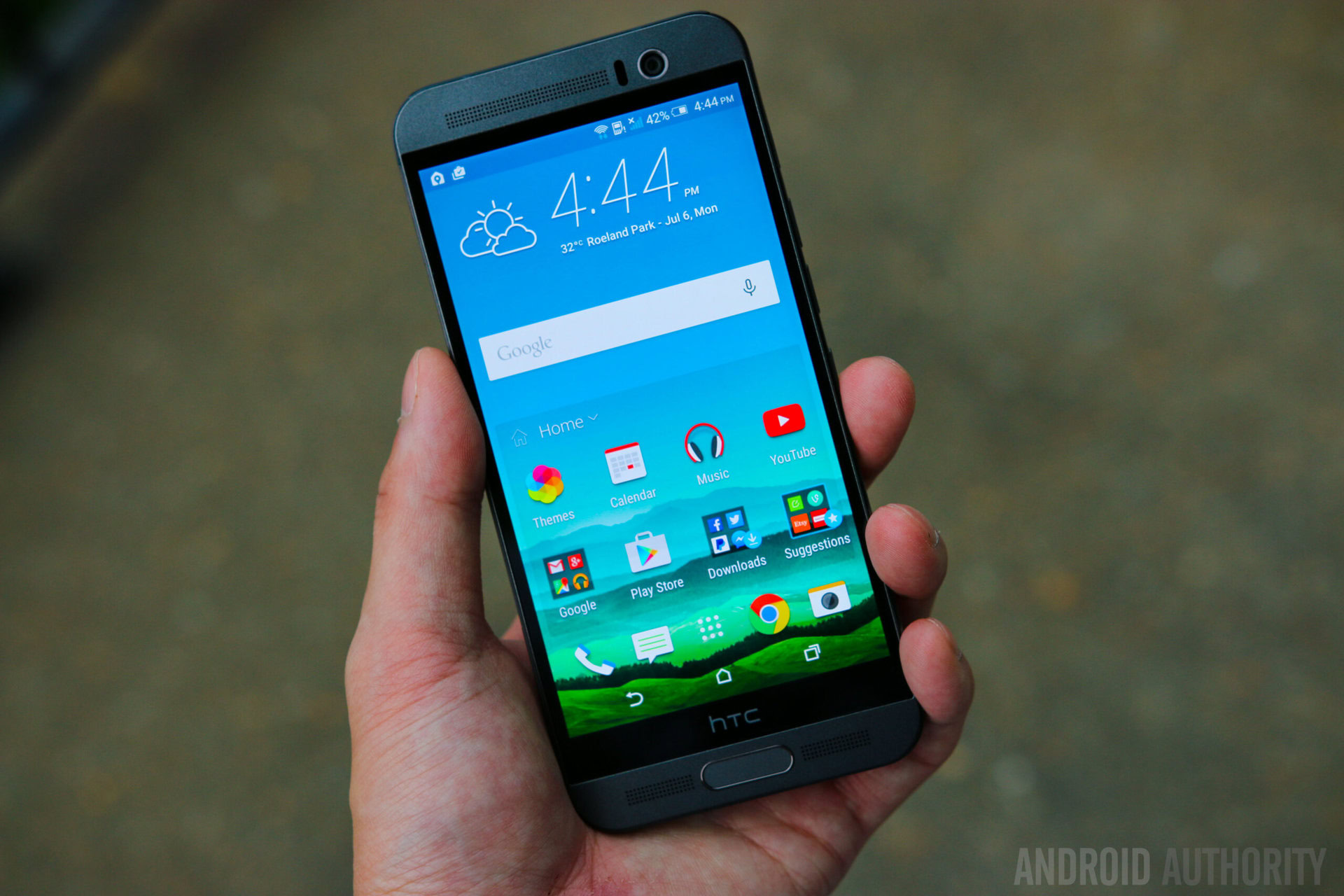
HTC One M9+ review
July 13, 2015
HTC One M9+
What we like
What we don't like
Our scores
HTC One M9+
An increasingly prevalent trend in the smartphone world is the introduction of “Plus” smartphones, that typically bring better specifications and more features over what is available with the main flagship from the OEM. And that can be disappointing for consumers that have already committed to the latter. To the dismay of many, HTChas done exactly that with its flagship One M9, adding a few key enhancements that should have actually been there with the original and releasing the One M9+.
Can this latest high-end offering from HTCbe considered the company’s true flagship? We find out, in this comprehensive HTCOne M9+ review!
Design
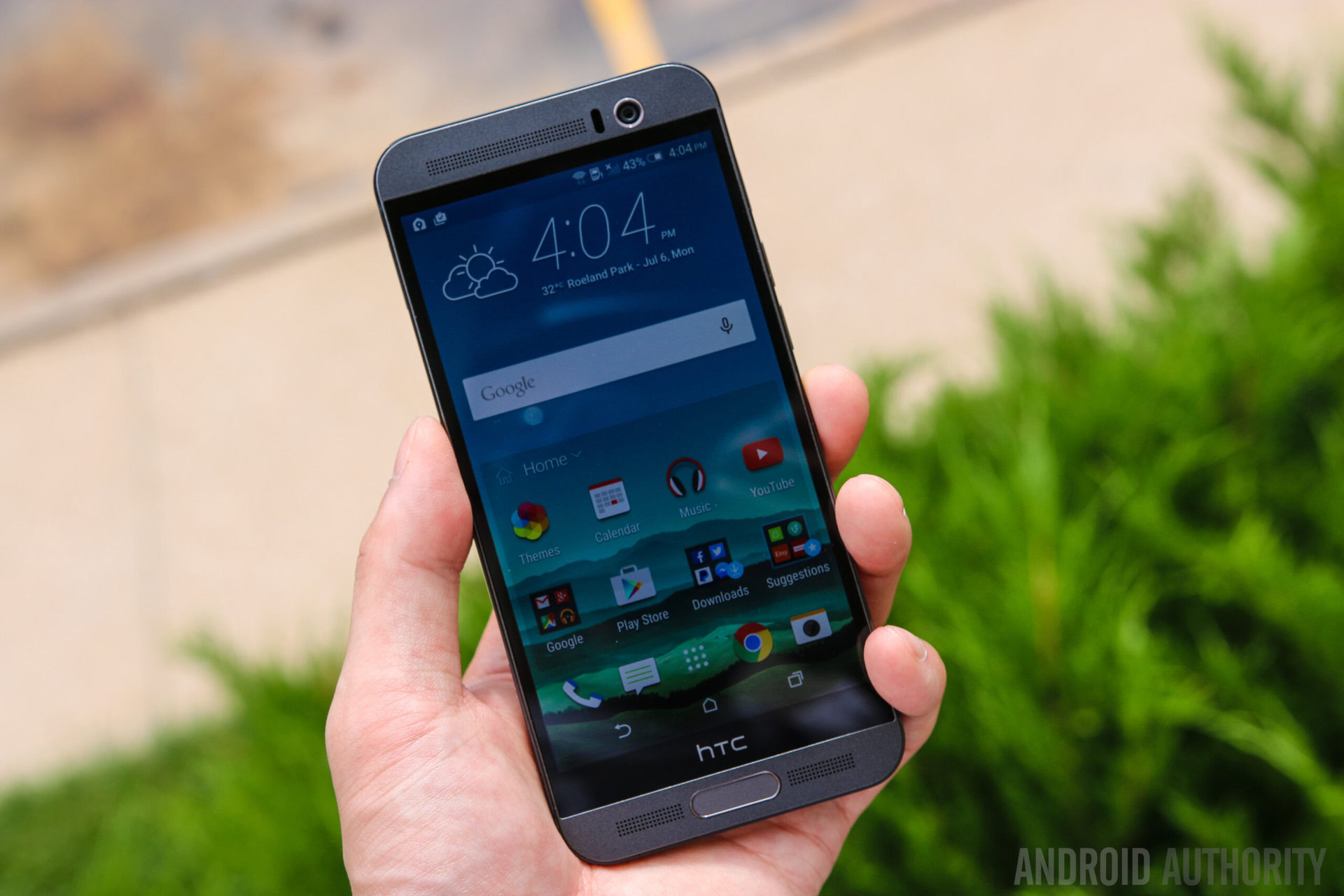
The HTCOne M9+ is essentially a larger version of its flagship, with a few minor, but noticeable, tweaks. With the 0.2-inch bump in the display size, the M9+ is understandably taller and wider than the One M9, and the rear camera has been redesigned to a circular shape, compared to the rounded square seen with the original. The more prominent difference comes up front though, with the speaker grill below the display being split to accommodate a fingerprint sensor.
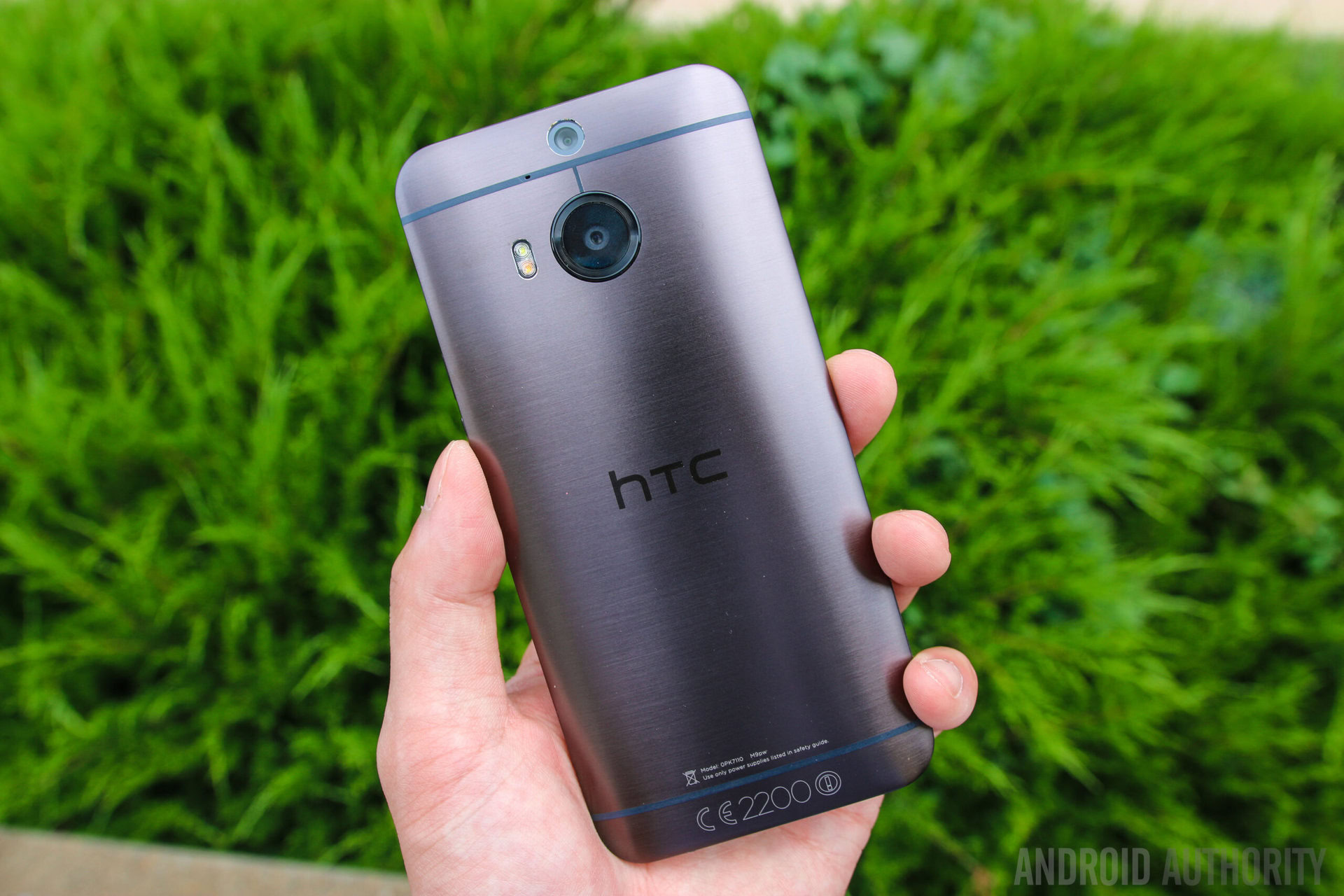
Otherwise, the device still features the same full metal unibody construction, with the build quality that we’ve come expect from HTC. The corners are rounded off, and the tapered back allows for the phone to sit nicely in the hand. The One M9+ is not drastically bigger than the One M9, and is still fairly easy to use in one hand, and will still be within the realm of what most people consider a “normal” sized phone. The metal ridge design that goes around the perimeter of the phone provides for a much better grip as well. The full metal body means that it still isn’t the easiest phone to hold onto, but by no means will you ever feel worried about the phone slipping out of your hands.
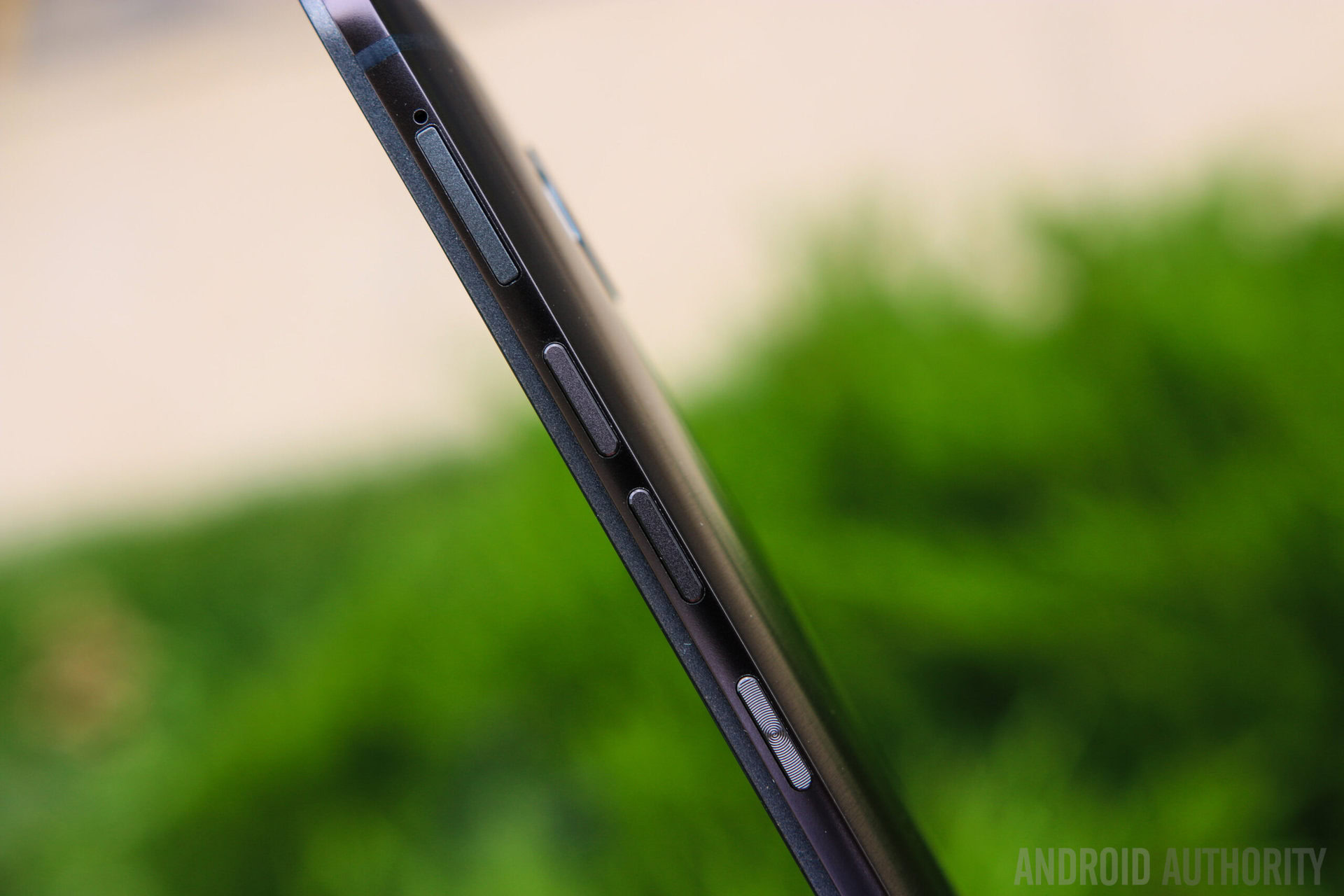
Going around the device, the power button is placed on the right side just below the volume rocker, which is a definite improvement over previous One series smartphones. As is the case with the regular One M9 though, the placement of the power button is a tad too low, which makes it somewhat difficult to reach. That said, the double tap to wake feature is also available with the One M9+, and you won’t be needing to reach the power button all that often anyway. Of course, now there is also the added benefit of unlocking the device and going straight into the home screen by using the fingerprint scanner. The rest of the buttons and ports are in their usual locations, with a large black strip up top for the IR blaster, with the headphone jack and microUSB port at the bottom, and the SIM card tray on the left. Finally, HTC’s tried and true BoomSound speakers return up front, and for better or worse, the infamous black HTCbar still resides below the display.
Display

The improvements over the smaller namesake start with the display, with the One M9+ featuring a 5.2-inch Super LCD3 with a Quad HD resolution, resulting in a pixel density of 565 ppi. The bump is resolution does result in a far sharper screen, although some people will argue that the difference isn’t easily noticeable. Regardless, HTChas delivered another fantastic looking display with the One M9+, putting this flagship at par with the competition.
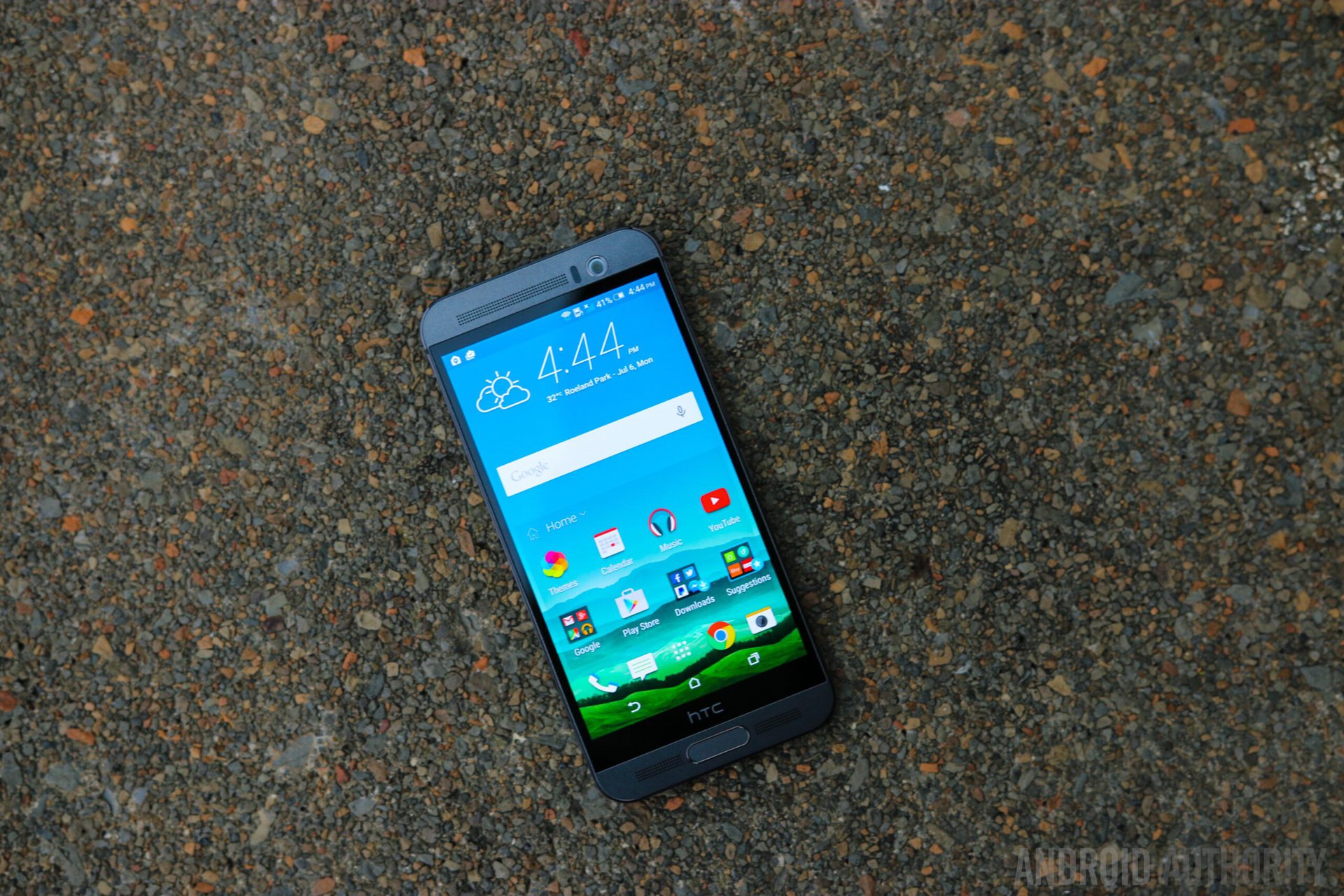
The blacks may not be as deep in comparison to the AMOLEDs of the world, but that isn’t surprising with an LCD screen. The screen overall is bright, vivid, with great viewing angles and a brightness that allows for comfortable outdoor viewing. There is a slight bias towards a warmer color tone though, that gives off a slightly yellowish hue sometimes, but otherwise, this display is an absolute pleasure to use in everyday tasks or for media consumption.
Performance
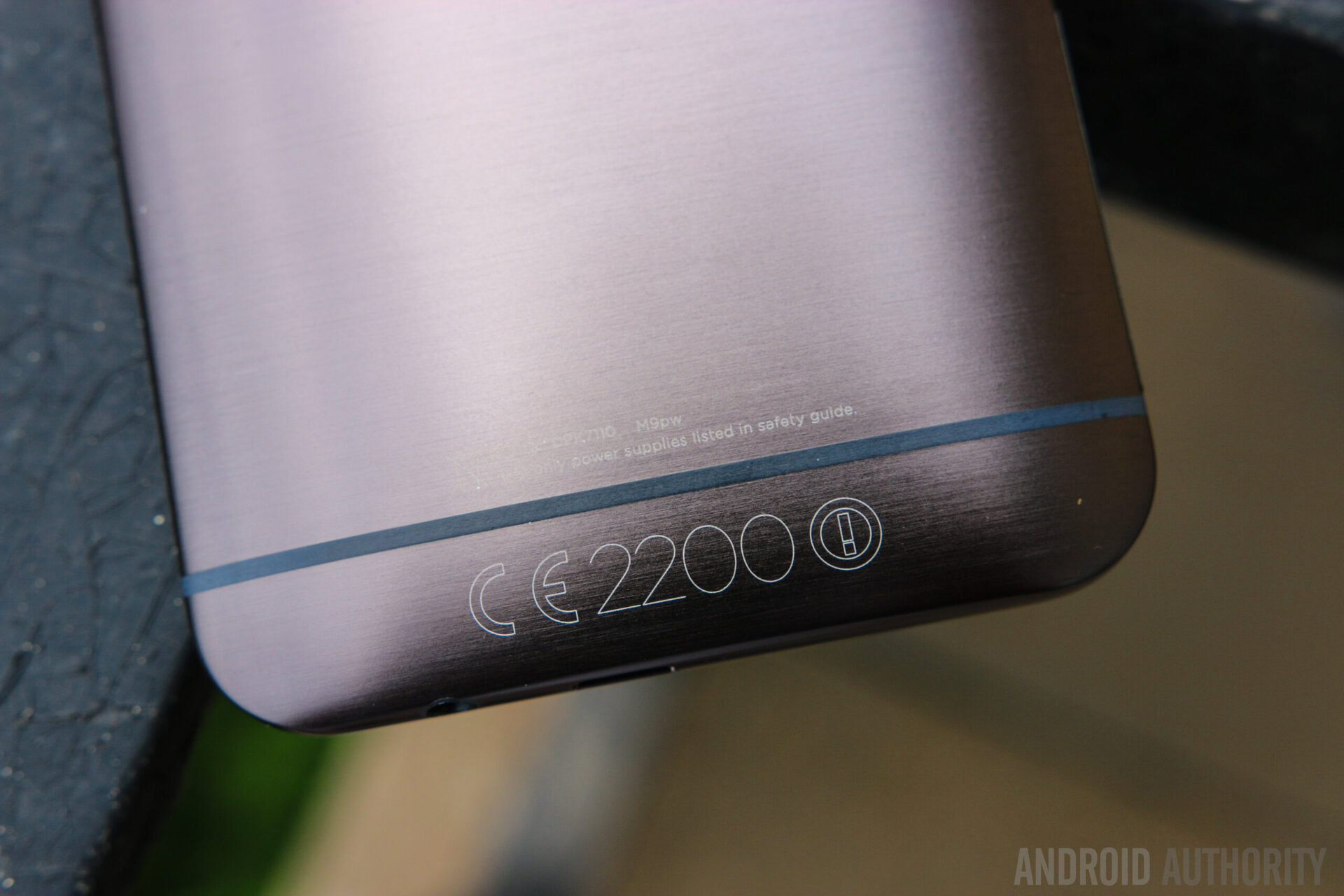
Another major change with the M9+ comes in the processor, but in this case, it does unfortunately prove to be a step back. Under the hood, the device packs an octa-core MediaTek MT6795T processor, clocked at 2.2 GHz, and backed by the PowerVR G6200 and 3 GB of RAM. In general everyday use, like navigating through the various elements of the UI and opening applications, the One M9+ provides a very fluid and responsive experience. It’s with multi-tasking that mixed results are seen. While switching back and forth between applications can be smooth and snappy sometimes, there are instances where there is a lot of stutter in the animations, and significant delays in the load times between apps.
The dip in performance is far more noticeable when it comes to gaming though, which really raises questions with regards to HTC’s decision to go with a MediaTek processor. Graphic-intensive games like Modern Combat 5 can run smoothly at times, but there is too much action on the screen, the frame rate drops significantly, resulting in very choppy gameplay. Games like Mortal Kombat X are a little too much for the One M9+ to handle, and even simpler games like Clash of Clans fail to run at a consistent frame. This could be due to a lack of optimization for the MediaTek processor, but is still a huge letdown for anyone that enjoys gaming on their phone.
Hardware
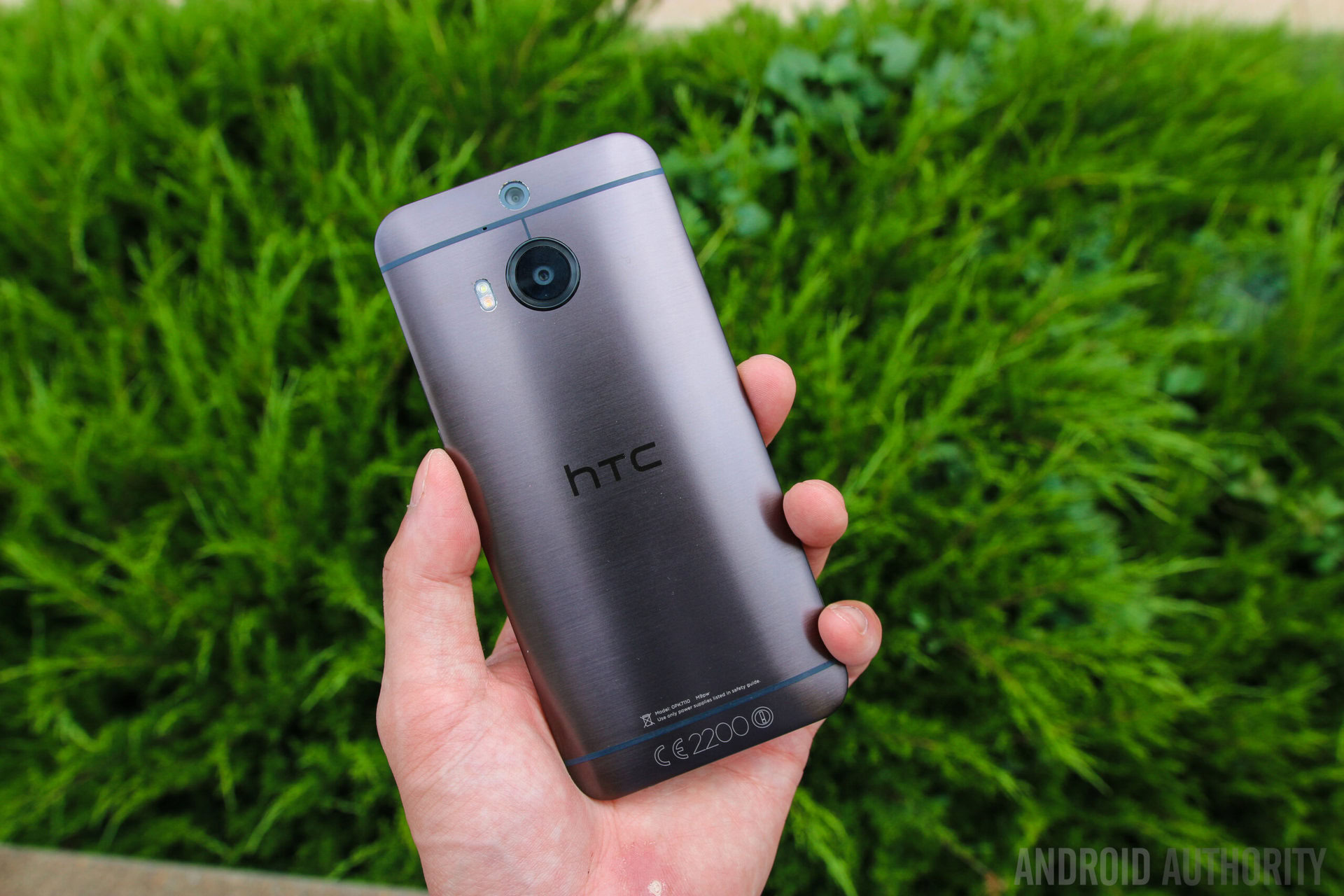
One aspect of the hardware that enhances the media consumption and gaming experience in general is with HTC’s signature front-facing BoomSound speakers. They are still the loudest and most crisp sounding speakers on any smartphone, unrivaled by anyone. With Dolby audio enhancements, you can easily toggle between a theater mode for a surround sound effect, and a music mode for a more flatter sound.
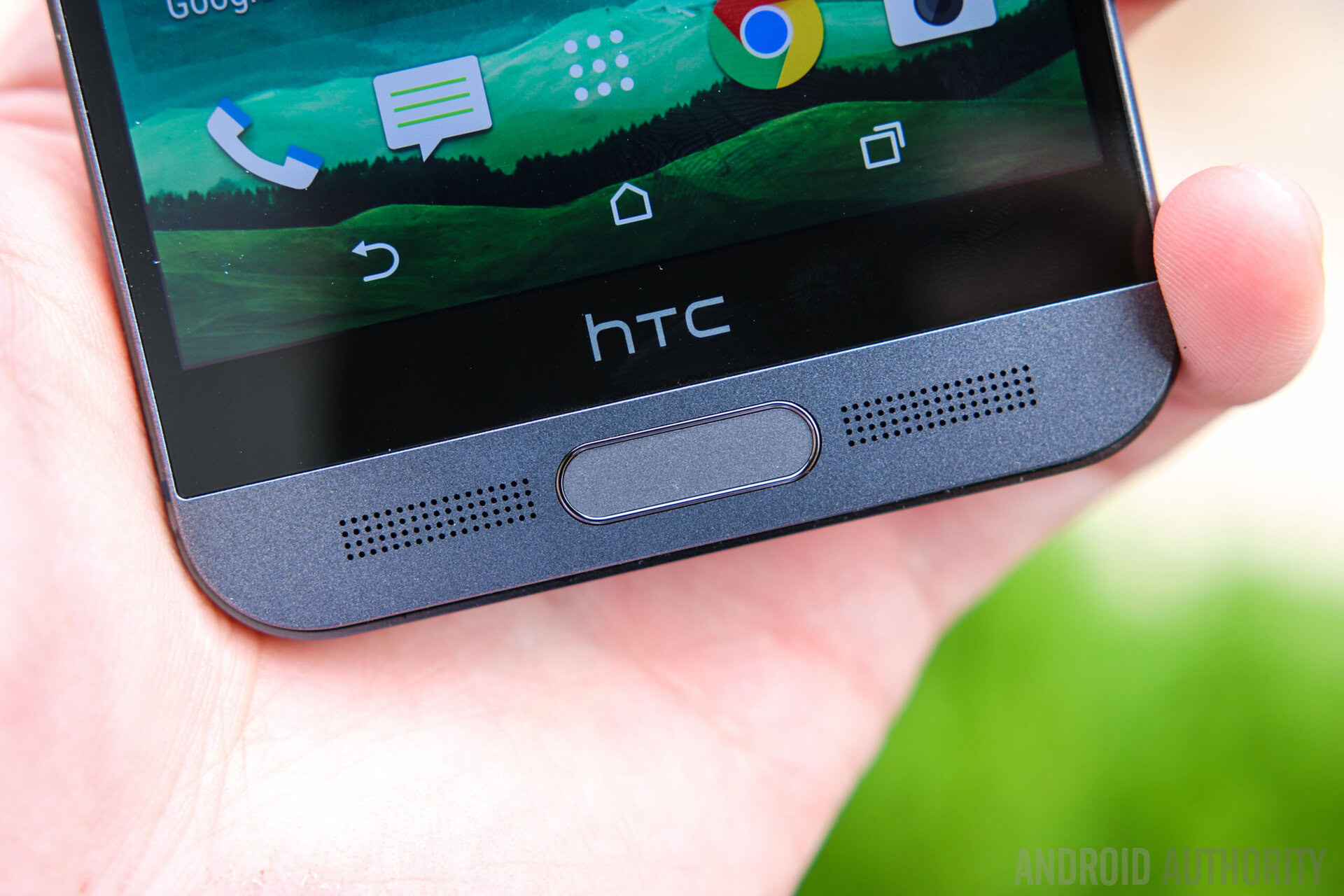
The bottom speaker has undergone a slight makeover with a separation in the grill to make way for the fingerprint scanner. The process of setting up the scanner is very similar to both Apple and Samsung’s implementation, that requires a series of repeated presses to accurately record your fingerprint. Up to 5 fingerprints can be stored at one time, and once set up, the sensor works surprisingly well. Using the fingerprint scanner unlocks the phone almost instantaneously the majority of the time, and easily rivals the scanners found on the latest Apple and Samsung devices. While you are able to use the scanner as a dedicated home button, it is actually not a real tactile button, and functions more like a capacitive key.
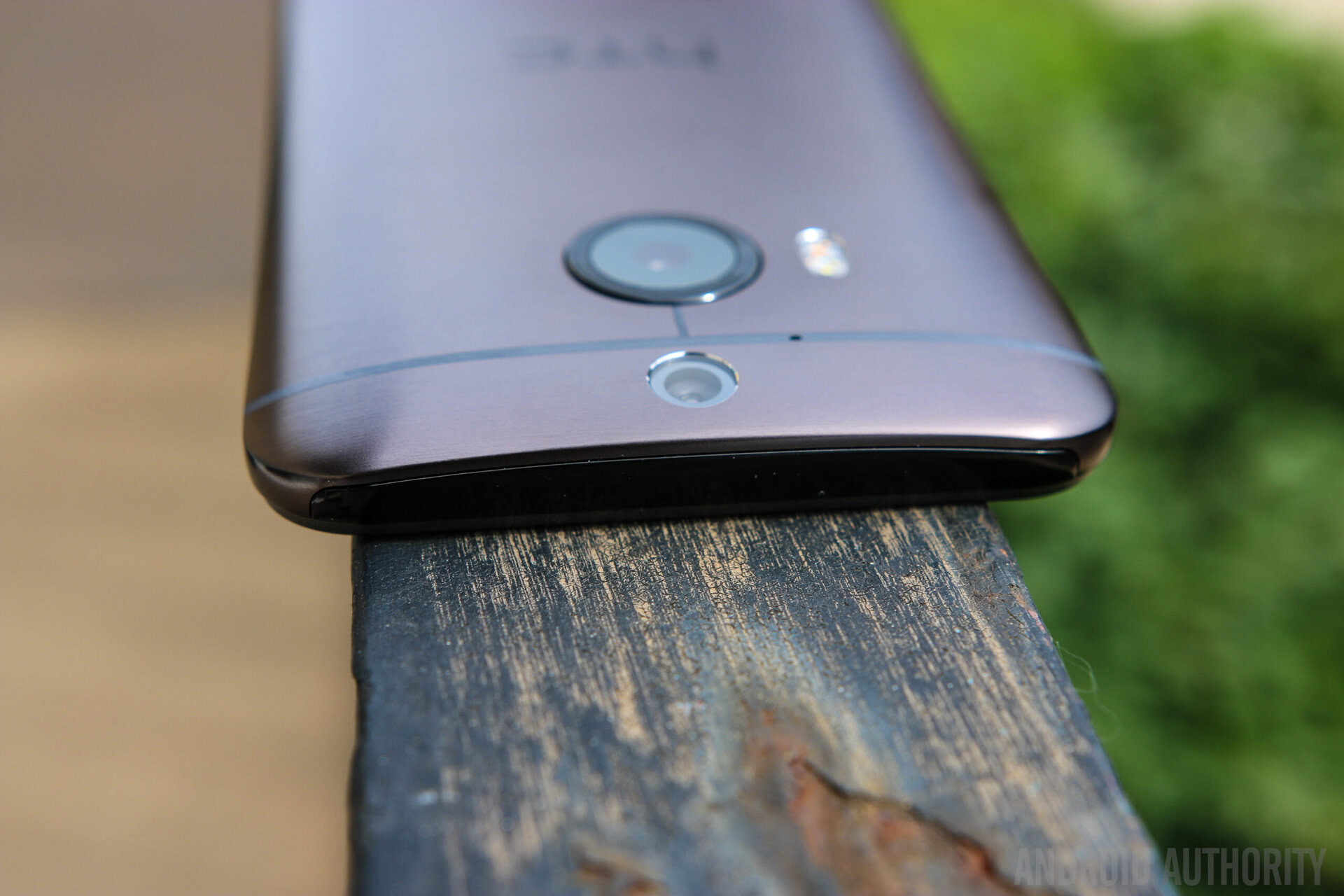
32 GB of on-board storage is available with the One M9+, and for those that do need more, the storage is further expandable via microSD card by up to 128 GB. The device also comes with the usual suite of connectivity and sensor options.
The HTCOne M9+ comes with a non-removable 2,840 mAh battery that has proved to be quite good. The battery lasts from anywhere between 14 and 16 hours with normal usage, which should be more than enough for most people to get through a full day. With heavy usage, that involved lots of gaming and taking pictures, that number does dip considerably though, down to around 10 to 11 hours.
Exact screen-on times can’t be provided because for some reason, HTChas made determining that number very difficult. What can be said is that there was never a issue with getting through a full day unless you really put the device through its paces, and that did result in needing to reach for the charger in the middle of the day. The use of a MediaTek processor means that the One M9+ doesn’t come with any fast charging capabilities though, which would have been nice, but isn’t exactly a deal breaker.
Camera
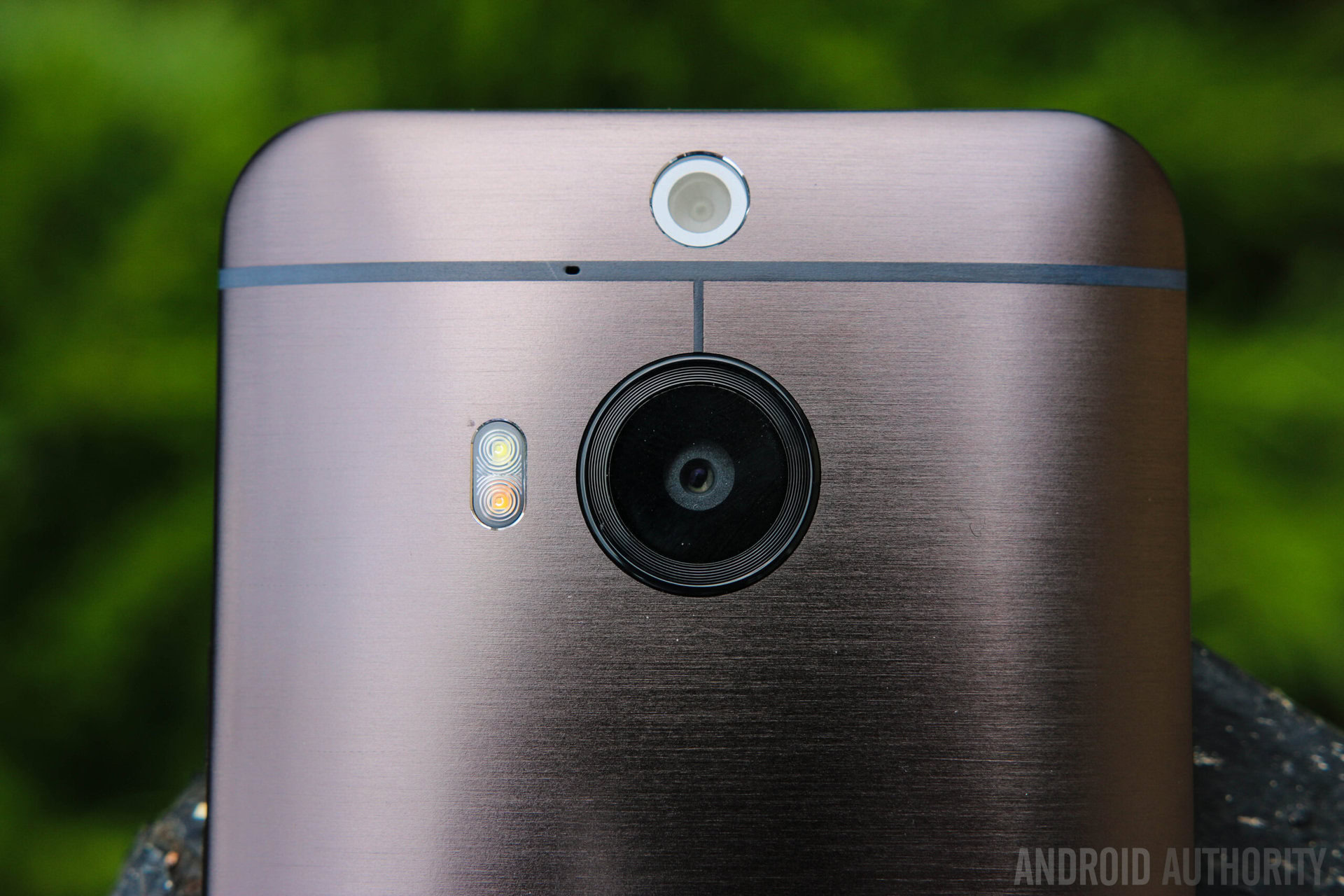
HTC brings back the Duo Camera setup of the One M8 with the One M9+, allowing for the camera to refocus shots after the fact, but considering that many smartphone cameras can achieve the same effect with only one sensor, the re-introduction of the Duo Camera becomes a rather questionable choice. The main camera is still the same 20 MP shooter from the One M9, and a 4 MP UltraPixel camera is once again found up front for some high quality selfies.
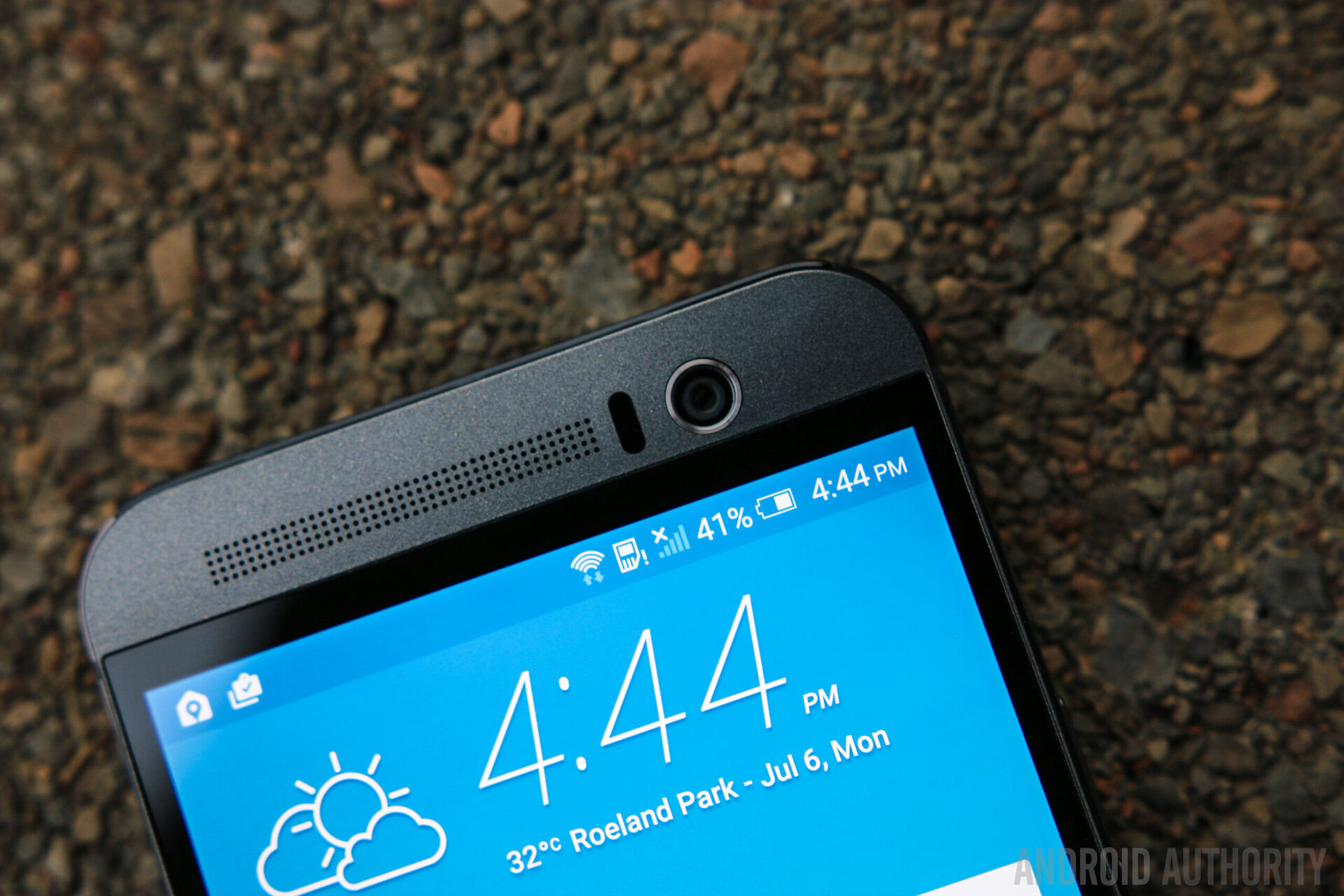
The camera application continues to be minimalistic, with quick toggles to easily switch between the front camera and rear camera, and the ability to take a panorama shot simply by swiping on the viewfinder, or tapping the button on the bottom right. Photo Booth and Split Capture are also available for those you want it. The rest of the camera settings are hidden in the overflow menu, which keeps the interface from getting cluttered, but does result in getting to modes like HDR and manual requiring a few more steps than is necessary. The most notable difference with the camera UI is the addition of the Duo Camera toggle to quickly switch between duo capture and standard high resolution shots.
The Duo Camera works just like it is supposed to, but for best results, you’ll need to make sure that there is a clear subject of focus and a clear background, or the refocusing may not look very convincing. The biggest caveat to using this setup is that photos are capped at 4 MP, so there’s not a whole lot of room to work with if you’re planning to crop.
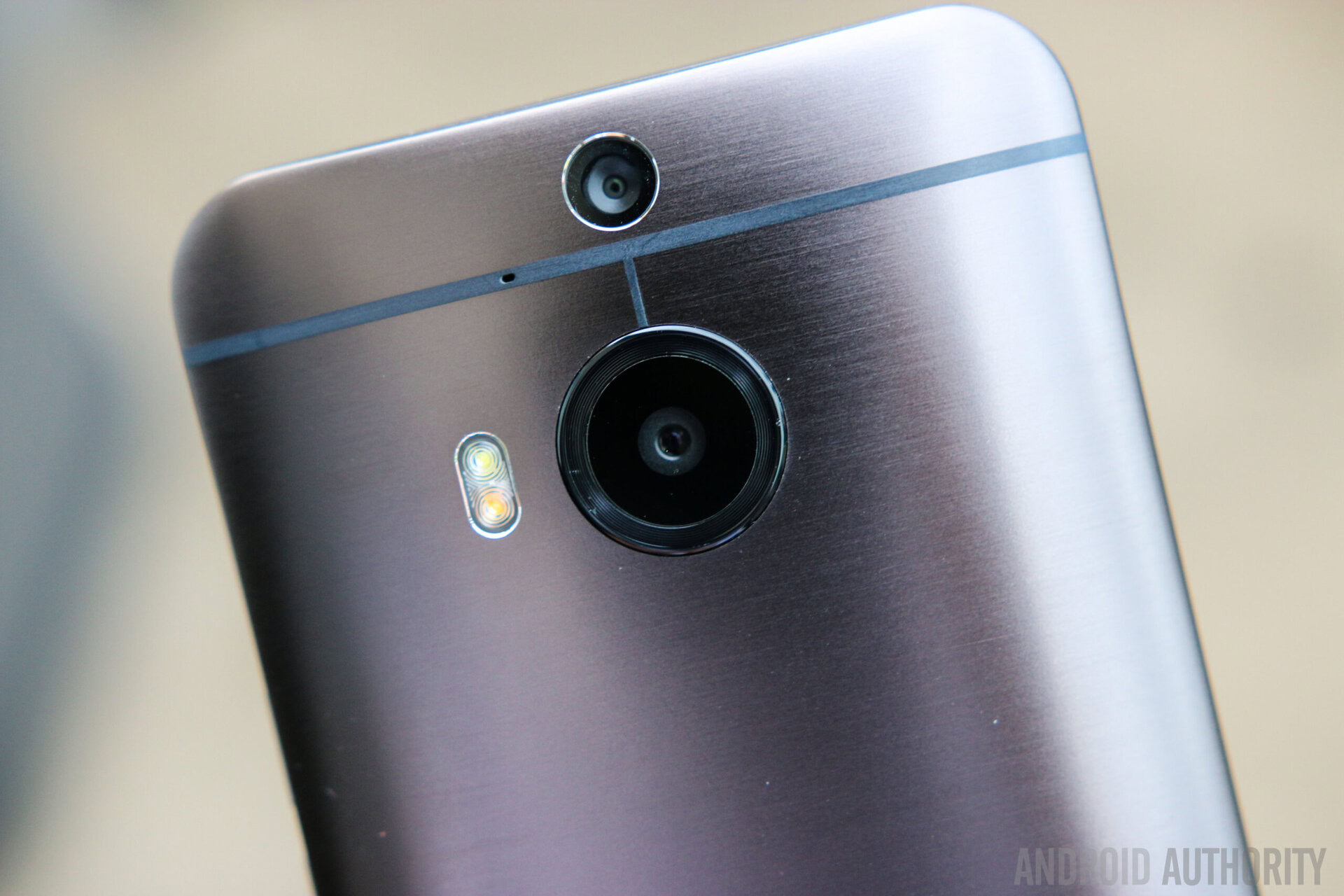
When shooting in the normal full resolution, there is plenty of detail in the shots, especially when you’re working with 20 MP, but considering that this the same sensor and software, the One M9+ faces a lot of the issues that plagued the camera experience of the One M9. Good looking shots are possible with the right lighting conditions, but the main problem here is its lack of dynamic range and the way it handles exposure. The exposure can be adjusted by tapping anywhere on the viewfinder, which is a very simple and easy implementation, but even a tiny change in the place you tap will result in major swings in the exposure, leading to two completely different looking photos as a result. HDR does help improve the situation, but with several seconds of processing time between each shot, it’s not always the most practical solution.
The situation doesn’t get much better in low light conditions, and without OIS, it becomes extremely difficult to get a clear shot, especially when the shutter has to to stay open longer to try and capture more detail. At higher ISOs, pictures quickly become filled with noise, which is expected, but results in soft images with very little color. This just goes to show that it isn’t all about just the megapixel count, and it is very evident that this camera is still suffering from the same problems as those seen on the One M9.
Software
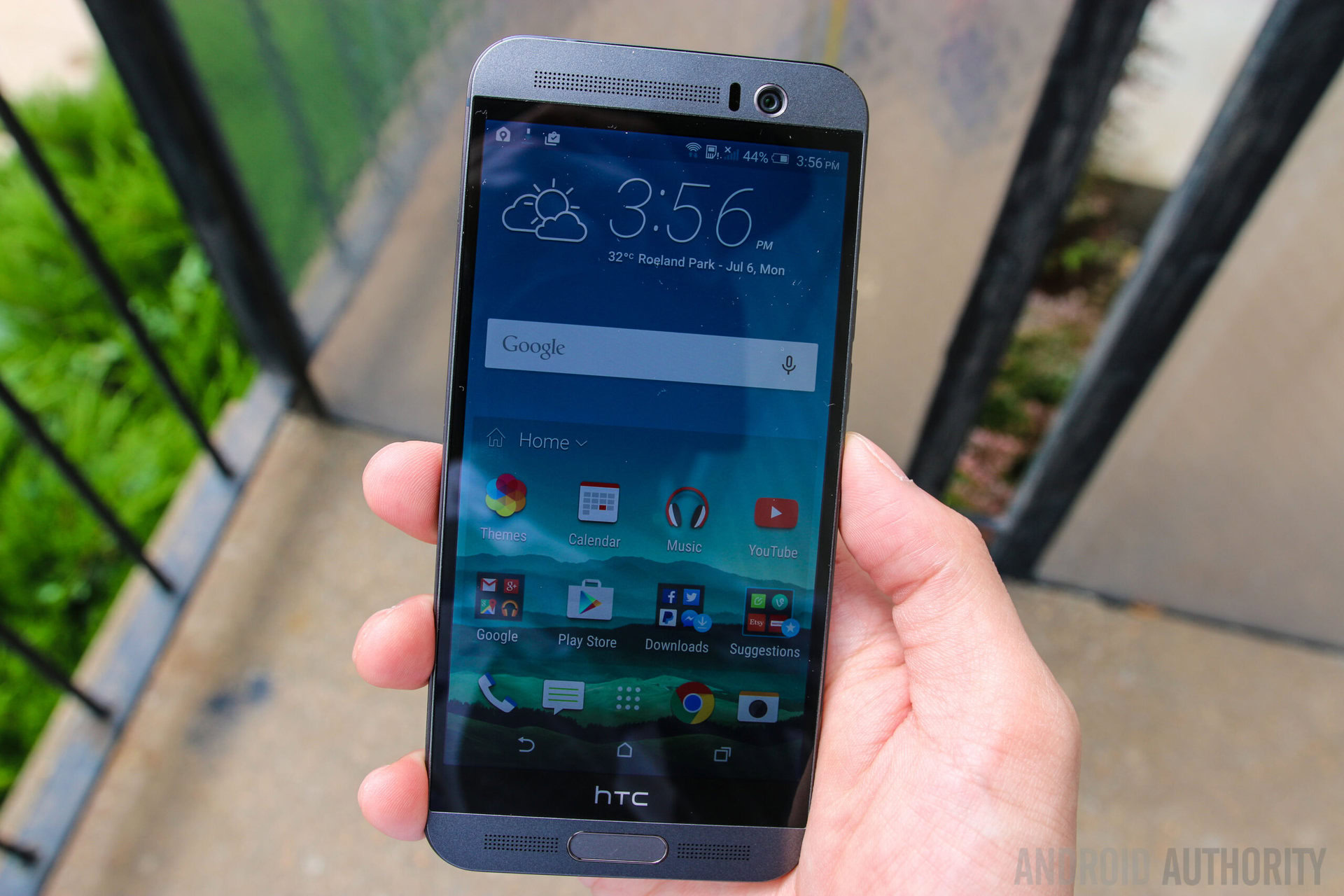
On the software side of things, the HTCOne M9+ is running Android 5.0.2 Lollipop, with the HTCSense 7 UI on top. The user interface retains everything that many have come to know and love about HTCSense from previous iterations, and adds a few key features that were first introduced with the One M9. The interface is still fast and fluid, and there are of course the now familiar elements like the vertical scrolling app drawer and Blinkfeed, which now also shows restaurant recommendations during meal times (which can also show on your lock screen if you so choose).
All of the motion launch gestures that make accessing certain functions of the phone a lot faster are still available, including double tap to wake, swipe up to unlock from a sleep state, directly access BlinkFeed, and quickly launch the camera app just by picking the device up in the landscape orientation and tapping the volume down button.
New features introduced with Sense 7 include the addition of the home widget and a themes engine. The home widget aggregates a selection of applications that will be most useful to you, changing according to your location. Also available is a folder that houses the recently downloaded applications, and there is also a list of recommended apps that will appear alongside it. This feature can certainly be useful for some, but can also be removed easily if you don’t find a need for it.
On the other hand, the new themes engine is one of the best additions to HTCSense, and even though the default UI does look great, it is always nice to have a change of scenery. The themes engine is still relatively new, but there’s already numerous options to choose from, that allow you to change virtually everything at the click of a button, including the wallpaper, icons, sounds, fonts, and even the general system UI elements. You can even create your own theme by selecting a wallpaper or photo of your choice, and the theme engine will automatically build one for you; but you also have more granular control features at your disposal, to get it to look exactly the way you want it.
Specifications
| Display | 5.2-inch Super LCD3 2560 x 1440 resolution, 565 ppi |
|---|---|
Processor | 2.2 GHz octa-core MediaTek MT6795T processor PowerVR G6200 GPU |
RAM | 3 GB |
Storage | 32 GB, expandable via microSD card by up to 128 GB |
Camera | Duo Camera (20 MP + 2.1 MP) with dual LED flash 4 MP Ultrapixel front-facing camera |
Connectivity | Wi-Fi 802.11 a/b/g/n/ac Bluetooth 4.1 GPS + GLONASS microUSB 3.0 |
Battery | 2,840 mAh |
Software | Android 5.0.2 Lollipop |
Dimensions | 151 x 72 x 9.6 mm 168 grams |
Colors | Gunmetal gray, silver gold |
Gallery
Pricing and final thoughts
The HTCOne M9+ is already available in markets like China and India, and has recently become available on Amazon for purchase in the US, with a price tag of around $710, which does fluctuate though. Available color options include gunmetal and silver gold. Keep in mind that, since it is a GSM version, it is compatible only with the AT&T and T-Mobile network in the US.
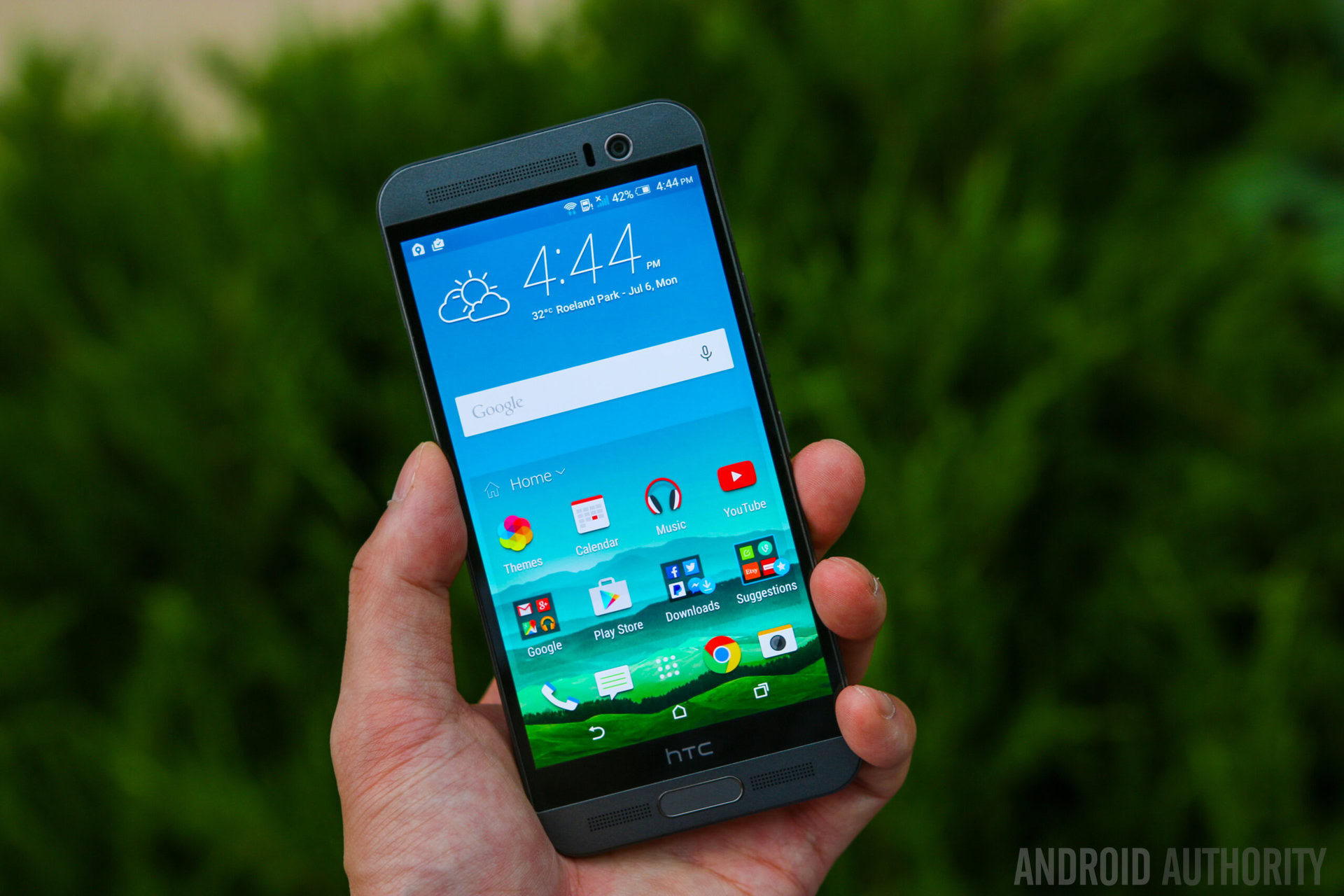
So there you have it for this in-depth look at the HTCOne M9+! With such a high price tag, the device will be going up against some stiff competition in the LG G4, Samsung Galaxy S6, and even the HTCOne M9 itself. If you’re confused between the One M9+ and its smaller sibling, the choice you have to make is with regards to how important a Quad HD display and fingerprint scanner are to you, and if they are worth the price. While these features are great to have, One M9 owners shouldn’t feel like they’ve been cheated, because the One M9+ is not without its shortcomings, particularly with regards to performance.
Thank you for being part of our community. Read our Comment Policy before posting.